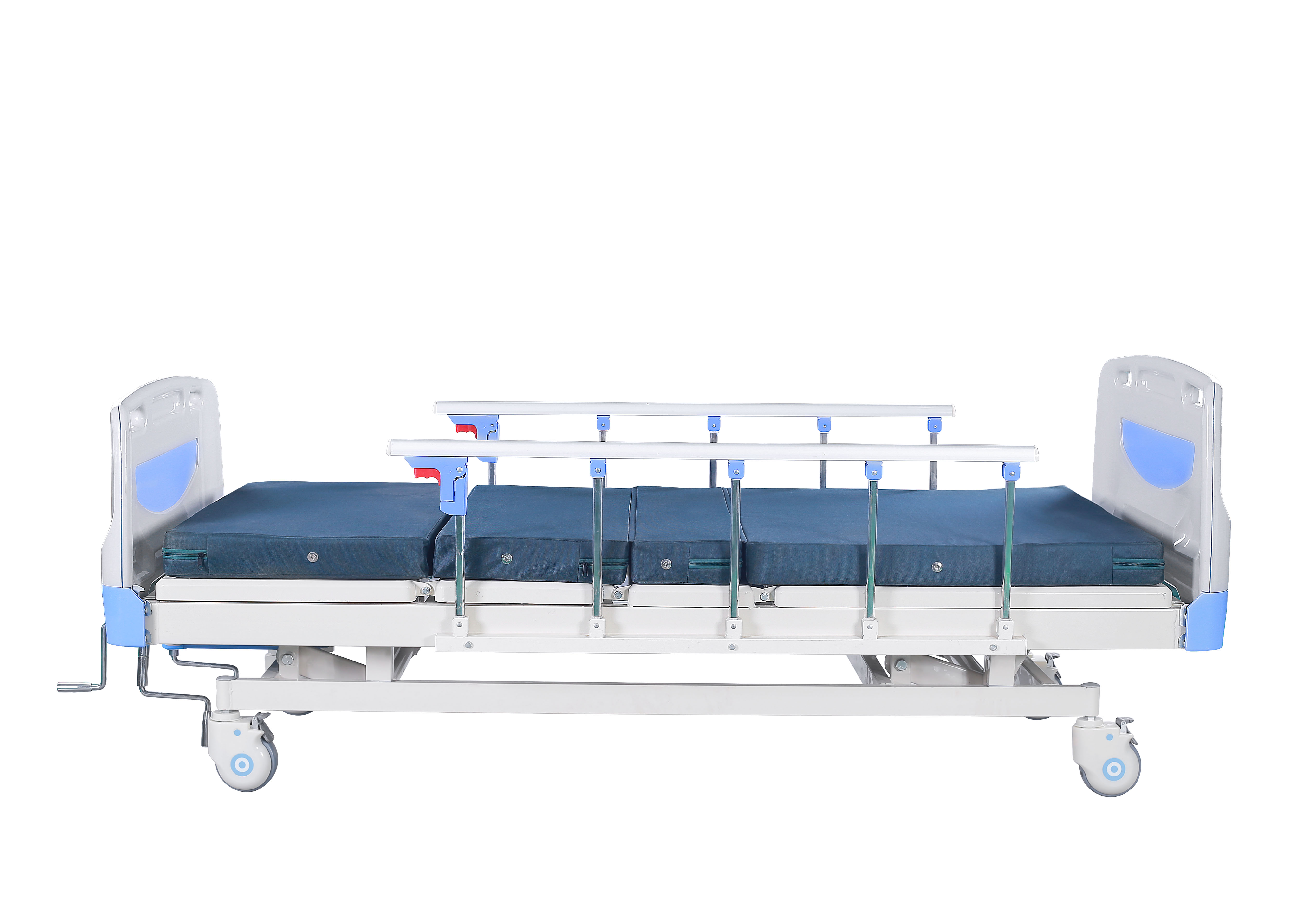Welcome to our websites!
emergency carts hospital
The Importance of Emergency Carts in Hospitals
In a hospital setting, rapid response and quick access to medical supplies and equipment can mean the difference between life and death. Emergency carts, often referred to as crash carts, play a pivotal role in this swift response mechanism. These mobile units are essential for handling critical situations, particularly during cardiopulmonary resuscitation (CPR), acute medical emergencies, and other life-threatening conditions.
Design and Functionality
An emergency cart is typically equipped with a wide array of medical supplies, medications, and tools essential for immediate patient care. The design of these carts is intentional, focusing on ease of use and accessibility. Most emergency carts are color-coded (often bright red or yellow) to make them easily identifiable in high-stress environments. This ensures that healthcare providers can locate them quickly during emergencies.
Inside an emergency cart, you will commonly find essential items such as automated external defibrillators (AEDs), intubation supplies, syringes, intravenous (IV) fluids, airway management tools, and a variety of medications including epinephrine, atropine, and antiarrhythmics. Additionally, some carts also contain basic first aid supplies, advanced cardiac life support (ACLS) algorithms, and equipment for monitoring vital signs.
Training and Preparedness
While the presence of emergency carts is crucial, effective utilization hinges upon the training of hospital staff. Medical personnel, including nurses, physicians, and emergency response teams, undergo rigorous training to become proficient in managing emergency situations. Regular drills and simulations are conducted to ensure that all team members are familiar with the location and contents of the emergency carts, as well as the protocols for their use during critical situations.
This preparedness not only enhances individual confidence but also fosters teamwork among staff, ensuring that everyone knows their roles during an emergency. Frequent evaluations and updates of the emergency cart’s contents are performed to guarantee that supplies are not expired, and that new medications or equipment are included as medical practices evolve.
emergency carts hospital

Technological Advancements
Recently, technology has further enhanced the effectiveness of emergency carts. Some hospitals have integrated electronic monitoring systems that help track the usage and inventory of supplies within the cart. This allows for real-time updates on stock levels and expiration dates, ensuring that crucial equipment is always on hand when needed.
Moreover, advancements in telemedicine have paved the way for remote consultations during emergencies. Some emergency carts are now equipped with communication devices that allow healthcare professionals to connect with specialists quickly, providing additional guidance in critical situations. This connectivity can be invaluable when immediate intervention from an expert is necessary for patient management.
Challenges and Areas for Improvement
Despite their importance, emergency carts are not without challenges. In high-pressure environments, the risk of disorganization can lead to delays in treatment. Staff training and inventory checks are essential to mitigate these risks, but there is always room for improvement. Hospitals are encouraged to foster a culture of safety that includes routine checks and an emphasis on keeping emergency carts in optimal condition.
Moreover, the contents of emergency carts may vary between different departments within a hospital. Customization based on specific departmental needs can enhance care delivery. For instance, a pediatric department might require different medications and equipment compared to an adult emergency department. This tailored approach can further improve outcomes during emergencies.
Conclusion
In conclusion, emergency carts are a cornerstone of hospital emergency response systems. Their role in ensuring swift access to vital medical supplies cannot be overstated. By focusing on training, technological enhancements, and ensuring the readiness of these carts, hospitals can significantly improve their response to emergencies. Ultimately, the goal is to provide the best possible care during critical moments, where every second counts, and emergency carts stand ready to play their part in saving lives.
-
Transforming Healthcare with Hospital FurnitureNewsJun.24,2025
-
Rehabilitation EquipmentNewsJun.24,2025
-
Mobility and Independence with WheelchairsNewsJun.24,2025
-
Freedom of Mobility with Our Rollator WalkersNewsJun.24,2025
-
Comfort and Independence with Commode ChairsNewsJun.24,2025
-
Bathing Safety and Independence with Shower ChairsNewsJun.24,2025
-
Navigating the Wholesale Landscape of Electric Mobility Solutions: Key Considerations for Power Wheelchair DealersNewsJun.10,2025











